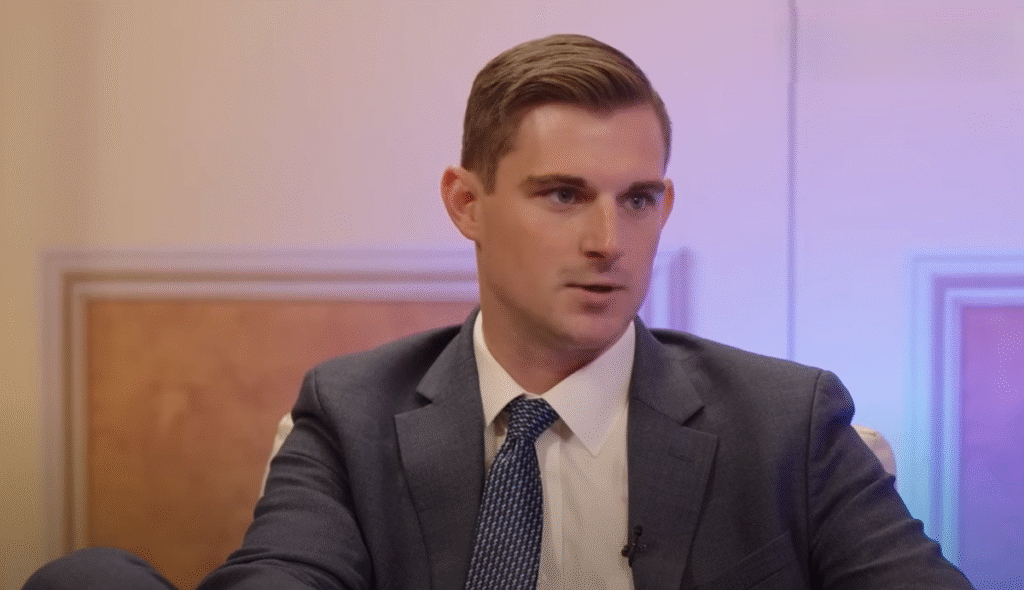In the rapidly evolving world of digital assets, the Trump administration is preparing to introduce a groundbreaking initiative designed to solidify Bitcoin’s position within the U.S. economic framework. This forward-thinking plan is set to generate significant buzz among financial strategists and cryptocurrency enthusiasts. By unveiling a Strategic Bitcoin Reserve, the administration aims to establish a regulatory blueprint that both encourages innovation and provides market stability. As digital currencies continue to shape the financial landscape, understanding the intricacies of this initiative becomes crucial for investors and policymakers alike.
The Future of Digital Assets: Strategic Bitcoin Reserve
Development of the Strategic Bitcoin Reserve
During a recent discussion with financial analyst Scott Melker, Bo Hines, the executive director of the White House President’s Council of Advisers on Digital Assets, shared insights into the forthcoming Strategic Bitcoin Reserve. This initiative is emerging from inter-agency collaborations initiated by President Trump’s executive order on digital-assets within the first days of his term. Hines expressed optimism about the community’s response once the reserve’s framework is unveiled, promising an announcement in the coming months.
The administration aims to release the reserve design before the deadline for a comprehensive regulatory report set for July 22, encompassing contributions from key bodies like the Treasury, Commerce Department, Justice Department, SEC, and CFTC.
Clearing Obstacles: A Three-Phase Strategy
Hines outlined a three-phase strategy focused on clearing outdated regulations, establishing clear statutory guidelines, and implementing these across traditional financial systems. He reaffirmed the commitment to acquire Bitcoin without increasing taxpayer burden, highlighting funding strategies like partnering with federally chartered miners and issuing BitBonds. Treasury and Commerce are tasked with creating innovative financing strategies to support this initiative.
While legislation remains a long-term goal, the executive order provides temporary support as the administration prioritizes stablecoin regulations, broader market structures, and finally, reserve authorization. Hines emphasized the momentum gained from the regulatory framework progress, showcasing the recent bipartisan support for the Genius Act, which would require stablecoin issuers to maintain one-to-one reserves in U.S. Treasuries, aiming to boost economic activity and support Bitcoin integration.
Moving Forward with Legislation
The administration is swiftly advancing legislative efforts, with market-structure bills anticipated to move through the House and Senate in the near future. This legislative agenda aims to create a favorable environment for digital assets, enhancing the U.S. economy’s adaptability to cryptocurrency innovations.
FAQs on Strategic Bitcoin Reserve and Bitcoin Investment
What is the purpose of the Strategic Bitcoin Reserve?
The Strategic Bitcoin Reserve aims to integrate Bitcoin into the U.S. financial system, providing a robust regulatory framework that supports innovation, market stability, and economic growth, without imposing additional costs on taxpayers.
How will the Strategic Bitcoin Reserve be funded?
The reserve will explore budget-neutral funding methods that avoid direct appropriations from Congress. Strategies include partnerships with federally chartered miners and issuing BitBonds, allowing government agencies to receive fees in Bitcoin.
What impact will the Genius Act have on cryptocurrency markets?
The Genius Act aims to standardize stablecoin regulation, ensuring issuers hold equivalent reserves in U.S. Treasuries. It is expected to enhance market stability, facilitate stronger investor confidence, and encourage Bitcoin’s integration into the broader financial ecosystem.
Is Bitcoin a viable long-term investment?
Bitcoin’s potential for long-term investment remains strong, driven by its technological innovation and increasing adoption. However, it’s crucial to carefully evaluate market trends, regulatory developments, and financial strategies before investing.

